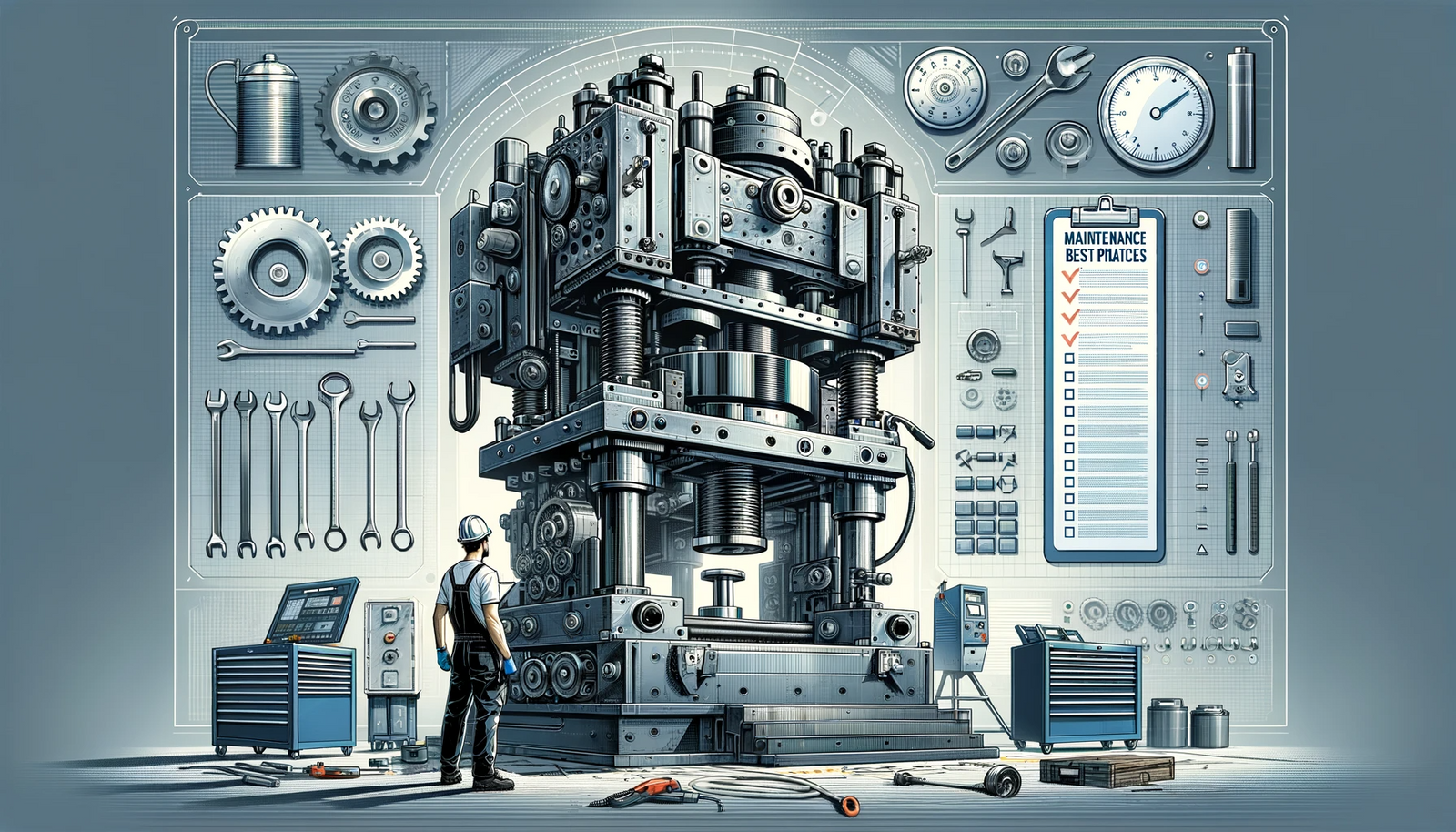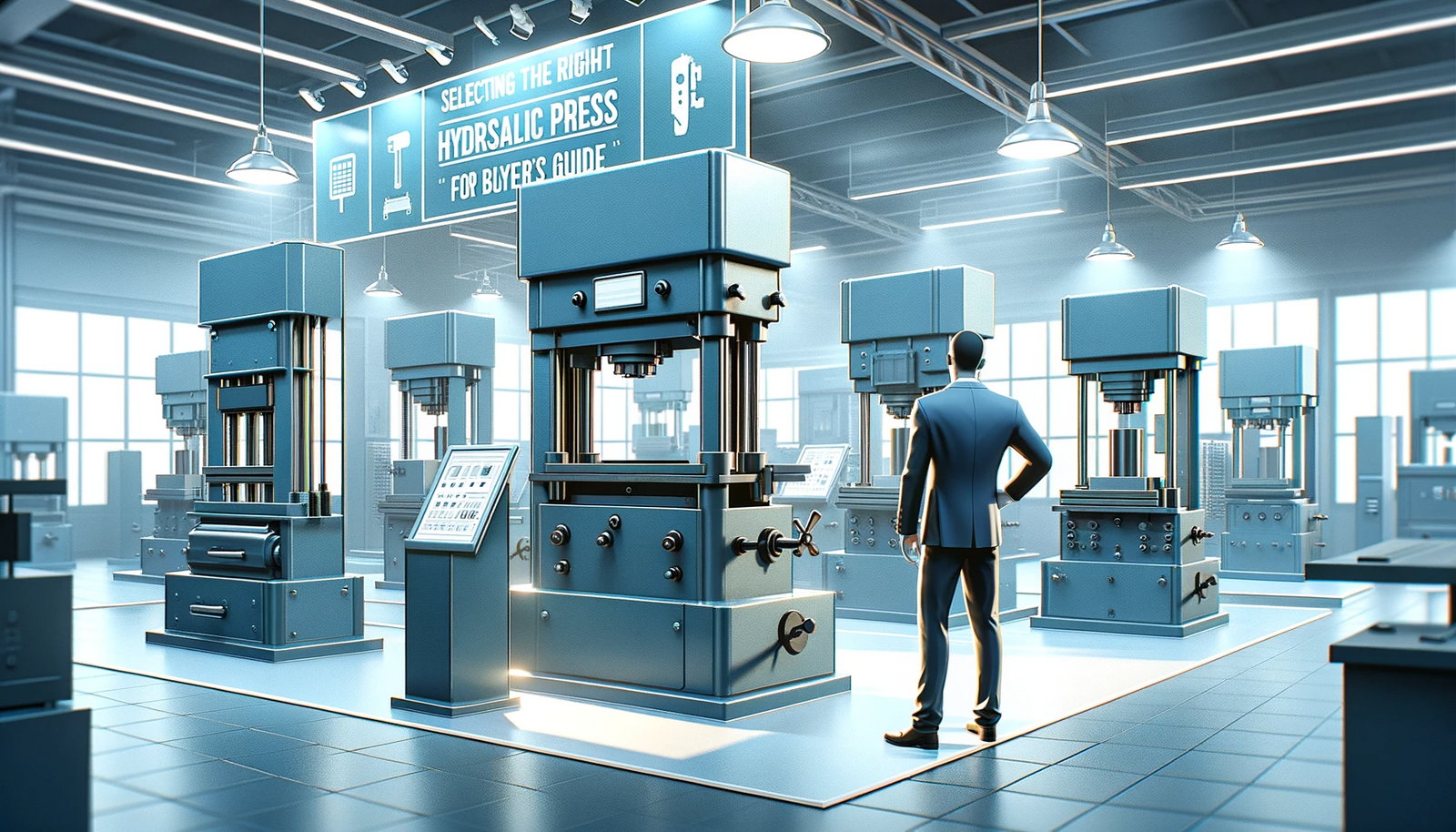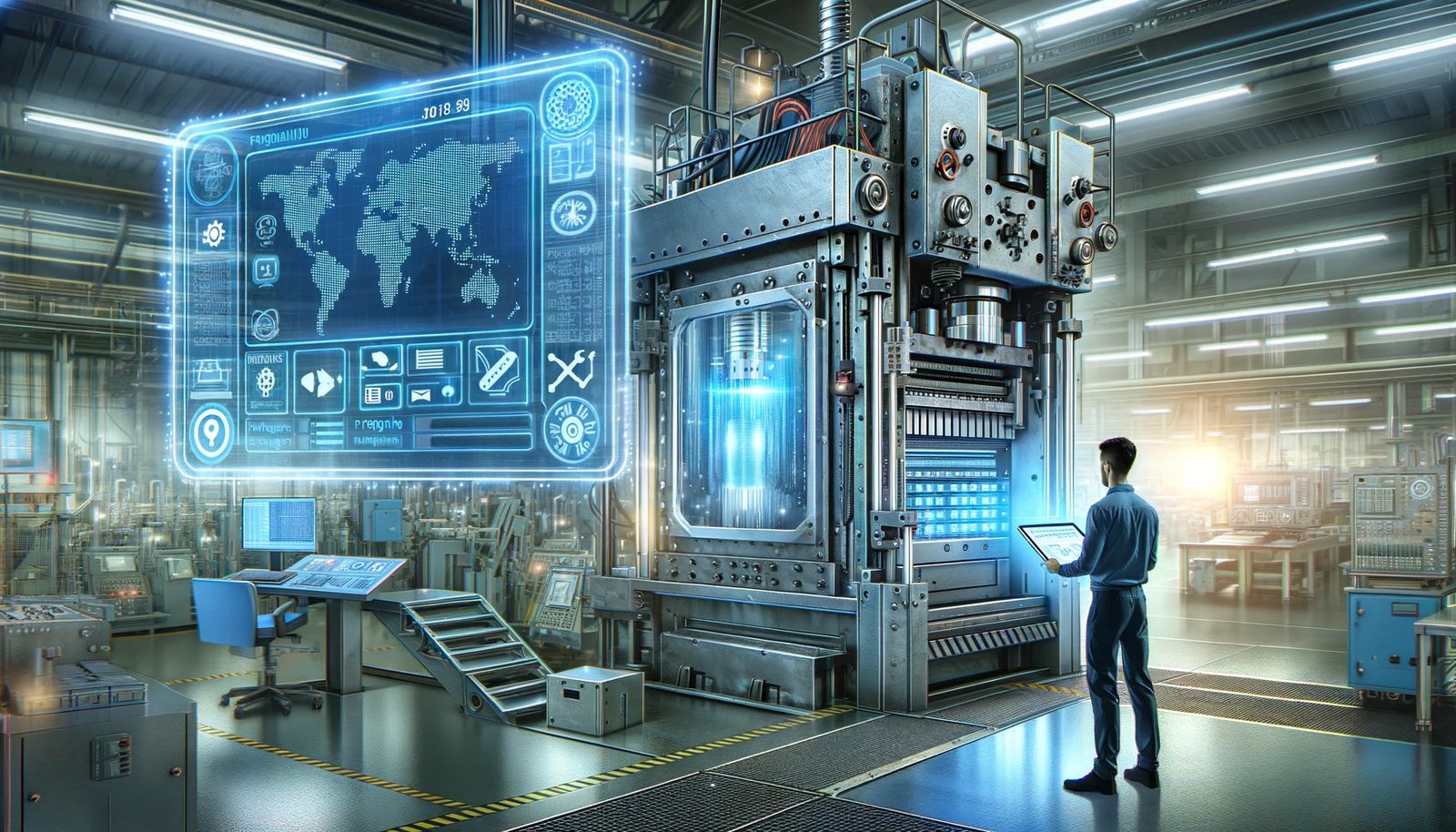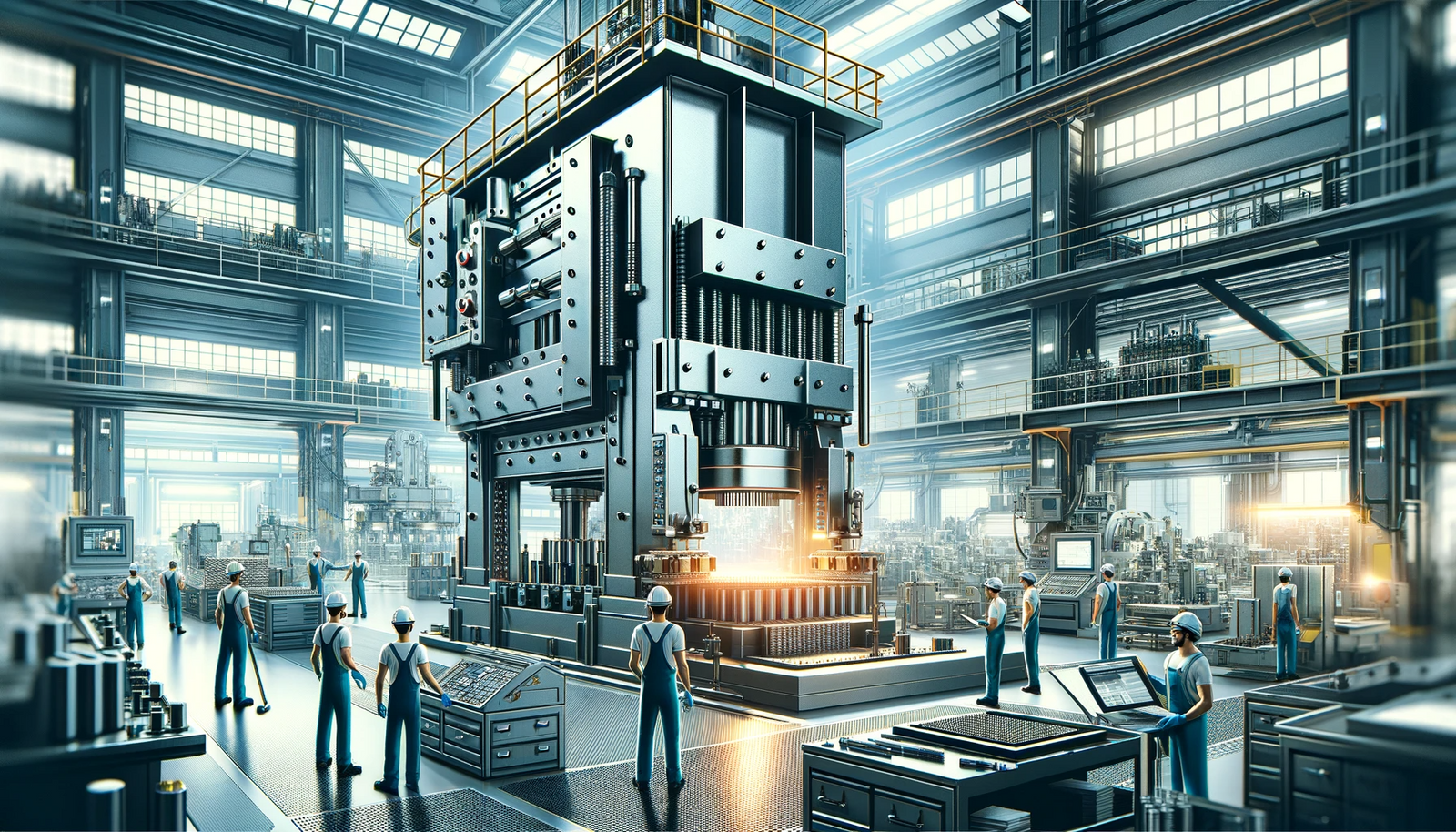How to Keep Your Press Running Smoothly and Efficiently
Hydraulic presses are crucial in various industries, from manufacturing to metalworking. Their ability to deliver high-pressure force with precision makes them invaluable. However, like any high-performance machinery, they require regular maintenance to ensure they operate efficiently and safely. Here are some best practices for maintaining your hydraulic press
1. Regular Inspection and Cleaning
Daily Checks: Perform daily inspections of your hydraulic press. Check for any leaks in the hydraulic lines and look for wear and tear on moving parts. Ensure that safety guards and devices are in place and functioning correctly.
Cleaning: Keeping your hydraulic press clean is not just about aesthetics. Dust, dirt, and debris can interfere with the operation of the press and even cause damage over time. Wipe down exposed surfaces regularly and use appropriate cleaning solutions for different parts of the press.
2. Lubrication is Key
Regular Lubrication: One of the most critical maintenance tasks for hydraulic presses is ensuring that all moving parts are adequately lubricated. This reduces friction, preventing wear and tear.
Use the Right Lubricant: Always use the type of lubricant recommended by the manufacturer. Incorrect or low-quality lubricants can cause more harm than good.
3. Hydraulic Fluid Management
Quality of Fluid: The hydraulic fluid is the lifeblood of your press. Regularly check the fluid levels and quality. Contaminated or degraded fluid can lead to inefficient operation and damage to the hydraulic system.
Change Fluids Regularly: Follow the manufacturer's guidelines on how often to change the hydraulic fluid. This will vary based on usage and environmental conditions.
4. Regular Calibration and Alignment
Calibration: Ensure that your press is calibrated correctly. Incorrect calibration can lead to uneven pressure distribution and damage to the machine or the products it is working on.
Alignment: Regularly check and adjust the alignment of the press. Misalignment can cause uneven wear and tear and potentially lead to accidents.
5. Check for Hydraulic Seal and Hose Integrity
Seals and Hoses:These components are often the first to show signs of wear. Inspect them regularly for any signs of cracking, brittleness, or leaks.
Timely Replacement: If you notice any issues with seals or hoses, replace them immediately. Waiting can lead to more significant problems and potential safety hazards.
6. Record Keeping
Maintenance Logs: Keep detailed records of all maintenance activities. This helps in tracking when different maintenance tasks were performed and planning future maintenance activities.
Issue Tracking: Document any issues or irregularities noted during inspections. This can help in diagnosing problems early and keeping track of recurring issues.
7. Training and Safety
Operator Training: Ensure that anyone operating the press is adequately trained. This includes training on both operation and basic maintenance procedures.
Safety First: Never compromise on safety. Always follow safety protocols and ensure that safety equipment is in good condition.
Conclusion
Regular maintenance of your hydraulic press is not just about preventing breakdowns; it’s about ensuring efficiency, safety, and longevity of the equipment. By adhering to these best practices, you can keep your hydraulic press running smoothly and efficiently for years to come. Remember, prevention is always better than cure, especially when it comes to high-powered machinery like hydraulic presses.





